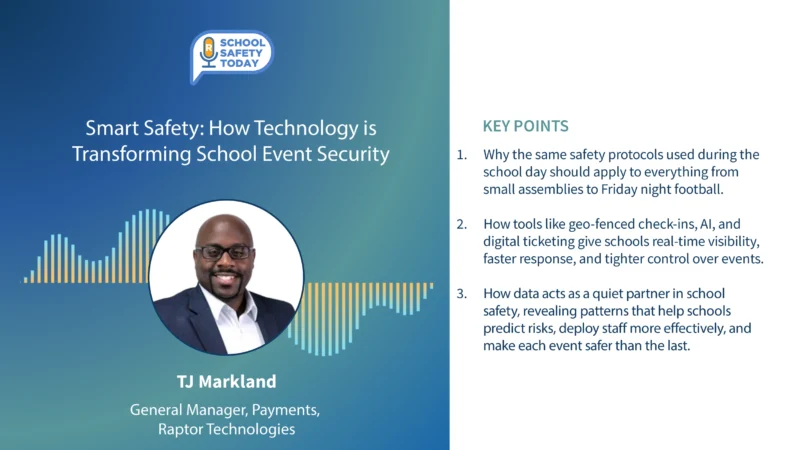Increasing Inclusion and Confidence: Transforming Classroom Communication with Microphone Systems
In today’s diverse educational landscape, it is crucial for teachers to employ effective strategies to ensure clear and explicit communication, especially when accommodating English language learners and students with hearing impairments. Microphone systems have emerged as a powerful tool to foster inclusive classrooms and boost students’ confidence in sharing their thoughts and ideas.
This transformative technology has proven to be particularly beneficial for students like Simon, whose hearing challenges previously hindered his ability to fully engage in class. Growing up with Polish parents, Simon struggled to decipher his teachers’ instructions and fill in the gaps in his understanding. His confidence suffered as he had to be frequently moved in class to optimize his hearing experience. However, since the implementation of microphone systems, Simon’s world has changed. Now, he can sit anywhere in the classroom, knowing that he can clearly hear every word spoken. This newfound ability has boosted his confidence and encouraged active participation, as he no longer feels excluded from school activities.
Furthermore, these microphone systems have proven invaluable for English language learners, like the student in Simon’s class. Despite their eagerness to share stories or thoughts, their limited English proficiency and lack of confidence hindered their ability to effectively communicate. However, with the microphone system, this student could overcome the language barrier and express themselves more comfortably. By amplifying their voice, the microphone system provided a platform for this student to share their drawings and stories with the class, even if their English wasn’t perfect. The microphone system created an inclusive environment where every student’s voice could be heard and valued.
Incorporating microphone systems into classrooms has become a recommendation for teachers dealing with diverse student populations, including English-flavored joiners and students with hearing impairments. By offering clear and explicit directions through the microphone, teachers can ensure that all students, regardless of their language abilities or hearing challenges, receive the information they need to fully participate in classroom activities. This technology promotes inclusivity, boosts confidence, and facilitates effective communication among students from various linguistic backgrounds.
In conclusion, the implementation of microphone systems has revolutionized classroom communication, fostering inclusion and empowering students. By embracing this technology, teachers can create an environment where every student feels valued, understood, and confident in expressing their thoughts and ideas. In this way, microphone systems have emerged as a vital tool for promoting educational equity and enhancing the overall learning experience for all students.



